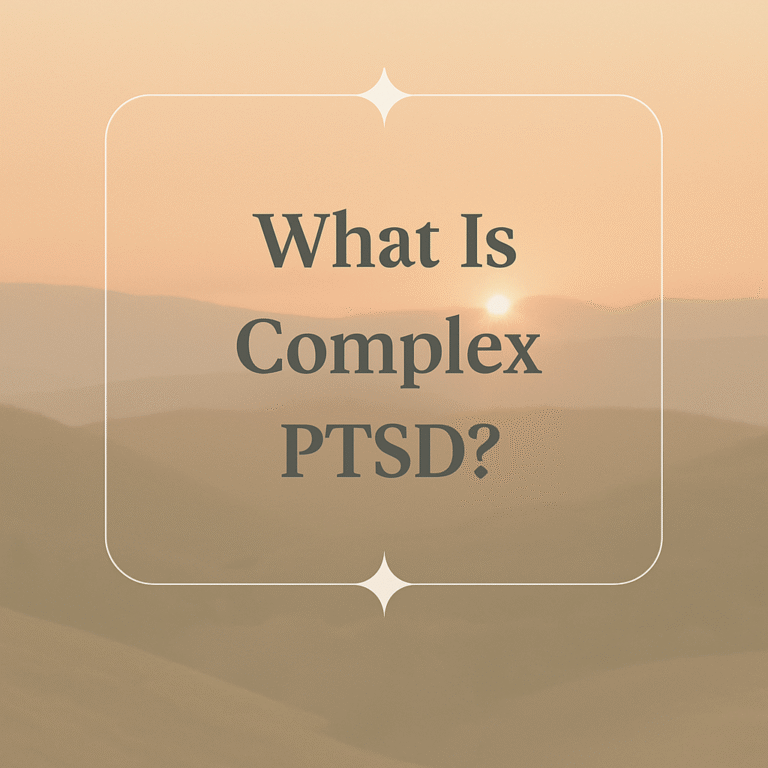Healing the Invisible Wounds: My First EMDR Therapy Session and What It Taught Me About Worth
I had my first EMDR therapy session today.
I’ve done a lot of hard things in my healing journey, but this—this was different. EMDR stands for Eye Movement Desensitization and Reprocessing, and it’s a form of therapy that helps the brain reprocess traumatic memories so they no longer feel like they’re happening right now. For trauma survivors, especially those who experienced emotional or psychological abuse, EMDR can be life-changing. Today, I got to see that for myself.
We began with one of the deepest wounds I carry—how I was treated during my pregnancy. I remembered being told I didn’t deserve to carry his seed. That I had no worth. That now he understood why everyone always leaves me. He said I lied about who I was. That I should have never made it this far with him—that if he had known sooner, he would’ve blocked me and never looked back. He compared me to other women, holding them up as better, more desirable. He told me my face was ugly.
These weren’t just insults—they were attacks on my identity, on my spirit, and on my very sense of self-worth during a time when I should’ve felt the most sacred. And they lingered. They made me question everything: my value, my beauty, my goodness, my right to be loved and protected.
But here’s the truth:
- His words were not truth. They were a reflection of his own fear, shame, and powerlessness.
- People who are whole do not try to break others down.
- People who feel secure do not destroy those who love them.
When someone says you should’ve never made it this far with me, it’s not a reflection of your unworthiness—it’s a confession of their inability to see your value.
When someone says they would’ve blocked you and never looked back, they’re not being strong—they’re avoiding accountability.
When someone compares you to others, it’s not because you fall short—it’s because they can’t handle the reality of your uniqueness.
He didn’t tell me the truth.
He tried to rewrite my story so I’d forget who I was.
But I’m remembering now.
And with EMDR, I’m not just remembering—I’m reprocessing. I’m healing.
What Is EMDR and How Does It Work?
EMDR is a research-backed therapy used to treat PTSD, complex trauma, anxiety, and even depression. It doesn’t rely on talk therapy alone. Instead, it uses bilateral stimulation—typically side-to-side eye movements, tapping, or sound—while the brain recalls painful experiences. The goal is to help the nervous system reprocess the memory safely, so it no longer feels like you’re stuck in that moment.
Because trauma isn’t just a memory—it’s a stuck experience. Your brain keeps replaying it, your body keeps reliving it, and your emotions never get the chance to settle. EMDR helps move those memories into the part of the brain where they can be understood, felt, and released as past, not present.
According to the Journal of EMDR Practice and Research, up to 90% of single-trauma survivors no longer meet the criteria for PTSD after just three sessions. For those of us living with complex trauma—especially from emotional abuse or childhood wounds—EMDR takes more time, but the healing is real and lasting.
It’s endorsed by the World Health Organization, used by the U.S. Department of Veterans Affairs, and recognized worldwide as one of the most effective treatments for trauma.
What I Felt After My Session
I felt lighter.
Not like everything is magically fixed, but like I’m not carrying it the same way anymore. Like the truth has finally started to sink in:
I am not defective.
I am not what he said I was.
I am not broken or unworthy or unlovable.
I am simply a human being—trying, learning, and healing like everyone else.
And if I could speak to myself on that couch—screaming in pain while carrying my baby—I’d say:
“You are worth everything. You are light. You are strong. And the reason he tried to tear you down is because he could see your power and wanted to destroy it. But what he said is not truth. What he said is not rooted in fact. You are not what he called you. You are love. You are worthy. You are enough.”
And I’d say the same to my daughter, if she ever went through anything like this. That no one, ever, deserves to feel the pain we felt. And that healing is always possible.
A Note to You, If You’re Carrying Trauma
If you’ve been told you’re too much, too emotional, too damaged, or too sensitive—please hear this:
You are not too much.
You were simply too real for someone who couldn’t meet you there.
And that’s not a flaw—it’s a sign of your depth.
Your pain deserves a place to land.
Your body deserves to feel safe again.
And your story deserves to be told without shame.
EMDR gave me a safe space to begin untangling those lies from my truth. It gave me a path back to myself. And if you’re ready, I believe it can do the same for you.
Thank you for being here, and for letting me share this part of my healing. If you’re curious about EMDR or have questions about how it works, feel free to reach out or comment below. We’re not meant to do this alone—and you don’t have to.
You are not what they said.
You are what you decide to become now. 💛





